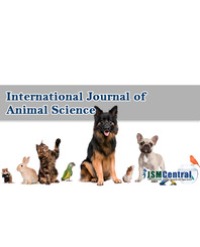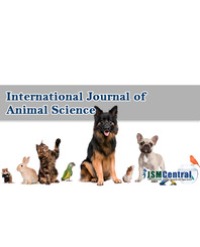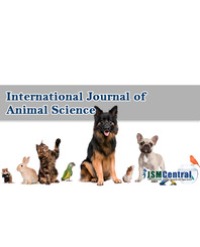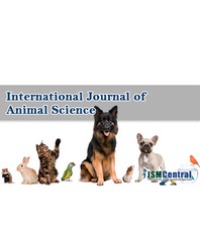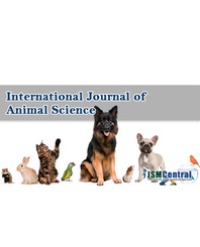
Growth Performance of Broilers Supplemented with Madre De Agua (Trichanthera gigantea Nees), Malunggay (Moringa oleifera Lam) and Pinto Peanut (Arachis pintoi Krap & Greg) Leaf Meals
The study was made to assess the growth performance of broilers supplemented with Madre de Agua (T. gigantea), Malunggay (M. oleifera) and Pinto Peanut (A. pintoi) leaf meals. Seventy-two (72) male Cobb broilers randomly assigned to four treatments and replicated six times with three birds per replication laid out in a Completely Randomized Design set-up. Data gathered were subjected to one-way Analysis of Variance (ANOVA) using Statistical Tool for Agricultural Research (STAR) 2.0.1 and treatment means compared using Least Significant Difference (LSD) Test. The inclusion of 10% leaf meal into the starter and grower rations commenced on the 3rd week until five weeks old. From day 1 to day 14 of the brooding stage, broilers were given chick booster, which gradually shifted to treatment diets from day 15 to 21. The 10% Malunggay Leaf Meal (MLM) inclusion showed significantly (p<0.01) lower average feed intake. The control with commercial ration alone consistently displayed highest feed intake. Higher (p<0.05) ADG was noted on commercial ration, and lowest ADG on 10% Arachis Leaf Meal (ALM). Better (p<0.05) average FCE on commercial ration than rations with leaf meals. Heavier (p<0.05) fasted live weight and dressed weight on commercial ration but dressing percentage was not significant. Relatively lower (p<0.01) feed cost, but lower (p<0.05) ROI on rations with leaf meals.
Supplementation of leaf meals from different plant sources at 10% level of inclusion reduced feed cost; however, it could not offset the higher gain in weight on commercial ration that resulted to significantly Higher Return on Investment (ROI).
Gofredo Jonna P*, Espina Dinah M, and Poliquit Angie R

